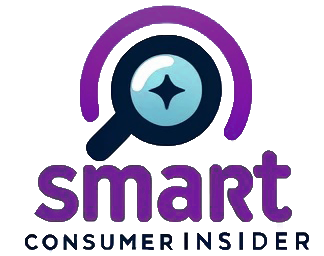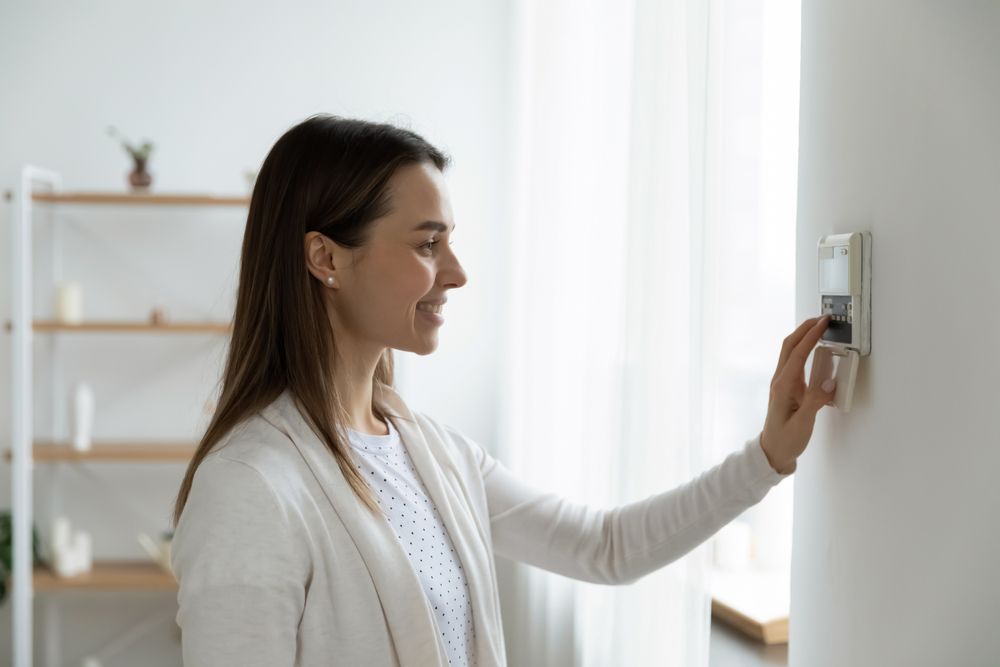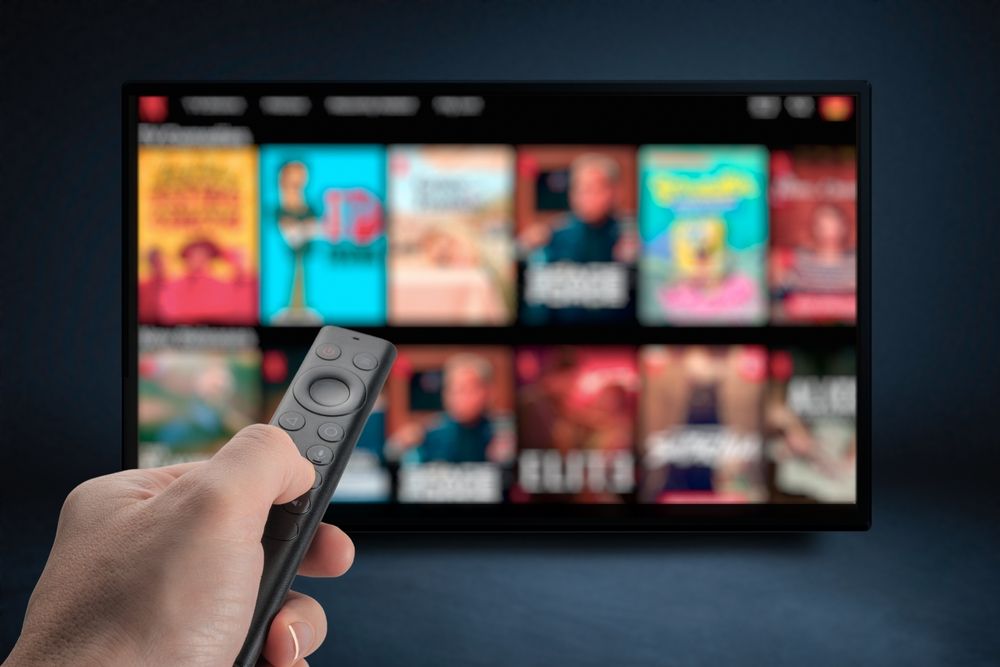Turning your house into a smart home isn't just about adding convenience—it can also lead to real energy savings. With the right devices, you can lower your utility bills, reduce waste, and make your home more efficient without sacrificing comfort.
The best part? Many smart home upgrades are easy to install and quickly pay for themselves through lower energy costs. Whether you want to start small or go fully connected, here are some of the best products for building a smart home that saves energy—and money.
1. Smart Thermostats
One of the most impactful ways to save energy at home is by upgrading to a smart thermostat.
Unlike traditional thermostats, smart models learn your schedule and preferences, automatically adjusting temperatures for maximum efficiency. Many can detect when you're away from home and lower heating or cooling automatically. Some even adjust based on the weather forecast.
Top Features to Look For:
-
Learning algorithms
-
Remote control via smartphone app
-
Geofencing capabilities (adjusting based on your phone’s location)
-
Energy usage reports
Popular options like the Nest Learning Thermostat or Ecobee SmartThermostat can help reduce heating and cooling bills by up to 20% annually.
2. Smart Lighting Systems
Lighting accounts for a significant portion of household energy use. Switching to smart lighting lets you control lights remotely, automate schedules, and reduce wasted electricity.
Best Options Include:
-
Smart LED bulbs (like Philips Hue or LIFX)
-
Smart switches and dimmers (for use with standard bulbs)
Smart lighting systems allow you to create schedules that turn lights off when not needed or adjust brightness depending on the time of day. Many can be controlled through voice commands or integrated with home assistants like Amazon Alexa or Google Assistant.
Beyond saving energy, smart lighting can improve security and create more comfortable living spaces.
3. Smart Power Strips
Many electronics consume power even when they’re turned off—something called "phantom energy" or "vampire loads." Smart power strips eliminate this waste.
Features to Look For:
-
Automatic shutdown of devices when not in use
-
Programmable timers
-
Surge protection
Brands like Kasa Smart and TP-Link offer models that can cut off power to devices like TVs, gaming consoles, and printers when they’re idle, saving both electricity and money over time.
4. Smart Plugs
Smart plugs offer an easy, affordable way to control energy use without rewiring your home.
Simply plug in lamps, coffee makers, fans, or other small appliances, and manage their schedules via your smartphone. Some models even track how much power each device uses, helping you identify the biggest energy hogs in your home.
Top Benefits:
-
Remote on/off control
-
Scheduling and automation
-
Voice control compatibility
If you’re new to smart home devices, smart plugs are a low-cost starting point with immediate energy-saving potential.
5. Smart Blinds and Shades
Natural light and outdoor temperatures have a huge impact on your home's heating and cooling needs. Smart blinds and shades adjust automatically to optimize indoor comfort and energy efficiency.
Best Features:
-
Scheduled opening and closing times
-
Temperature or sunlight sensors
-
Integration with smart thermostats
Motorized blinds from brands like Lutron or IKEA can help regulate indoor temperatures—blocking out heat on hot days or letting in warmth during winter months—reducing your dependence on heating and cooling systems.
6. Smart Water Heaters and Leak Sensors
Heating water is a major contributor to energy use in most homes. New smart water heaters allow you to monitor and adjust heating schedules for better efficiency.
Additionally, smart leak detectors placed near sinks, toilets, and water heaters can alert you to leaks before they become costly disasters.
Smart Features to Consider:
-
Wi-Fi control and monitoring
-
Leak detection and alerts
-
Vacation modes to reduce heating when away
Saving water also reduces energy use—and having early alerts for leaks can save thousands in repair costs.
7. Energy Monitoring Systems
For homeowners who want a detailed view of their energy consumption, installing a smart energy monitor can be eye-opening.
Devices like Sense or Emporia Energy monitor your home's entire electricity usage and provide real-time insights through an app.
Benefits Include:
-
Identifying which appliances consume the most power
-
Tracking energy usage trends over time
-
Finding opportunities for additional savings
Armed with this information, you can make smarter choices about how and when you use electricity.
8. Smart Ceiling Fans
Ceiling fans are already a low-energy way to stay comfortable, but smart ceiling fans take it a step further.
They can automatically adjust their speed based on room temperature or occupancy and can be controlled remotely. Some integrate with smart thermostats to optimize overall home comfort while using minimal energy.
Popular Features:
-
Voice control compatibility
-
Scheduled operation
-
Energy-saving modes
Brands like Haiku or Hunter offer energy-efficient models with smart capabilities, helping reduce the load on your HVAC system.
9. Solar-Powered Smart Devices
Adding solar-powered devices to your smart home setup helps you cut electricity costs even further.
Options include:
-
Solar-powered security cameras
-
Solar outdoor lighting
-
Solar smart irrigation controllers
These devices use free energy from the sun to operate, reducing the demand on your home's electricity while improving functionality and convenience.
10. Smart Home Hubs and Voice Assistants
While a hub or voice assistant won’t directly save energy on its own, integrating your devices through a central platform makes it easier to manage your home efficiently.
Smart hubs or assistants like Amazon Echo, Google Nest Hub, or Samsung SmartThings allow you to:
-
Create "energy-saving" scenes (e.g., turning off lights, lowering thermostat, shutting off plugs)
-
Control multiple devices with one voice command
-
Schedule routines that optimize your energy usage
Centralizing your smart home control helps ensure devices work together to maximize efficiency.





